When people think of parrots, they often envision colorful birds with ear-piercing screams that can be heard from blocks away. While many popular parrot species are indeed vocal powerhouses, not all members of the psittacine family are determined to shatter your eardrums or upset your neighbors.
For potential bird owners concerned about noise levels or apartment dwellers with thin walls, there exists a selection of more soft-spoken feathered companions that offer all the intelligence, personality, and beauty of parrots without the constant cacophony. These quieter parrot species still communicate and vocalize—they simply do so at a more manageable volume, making them ideal pets for those seeking a more peaceful coexistence with their avian friends.
Understanding Parrot Vocalization: Why Birds Make Noise
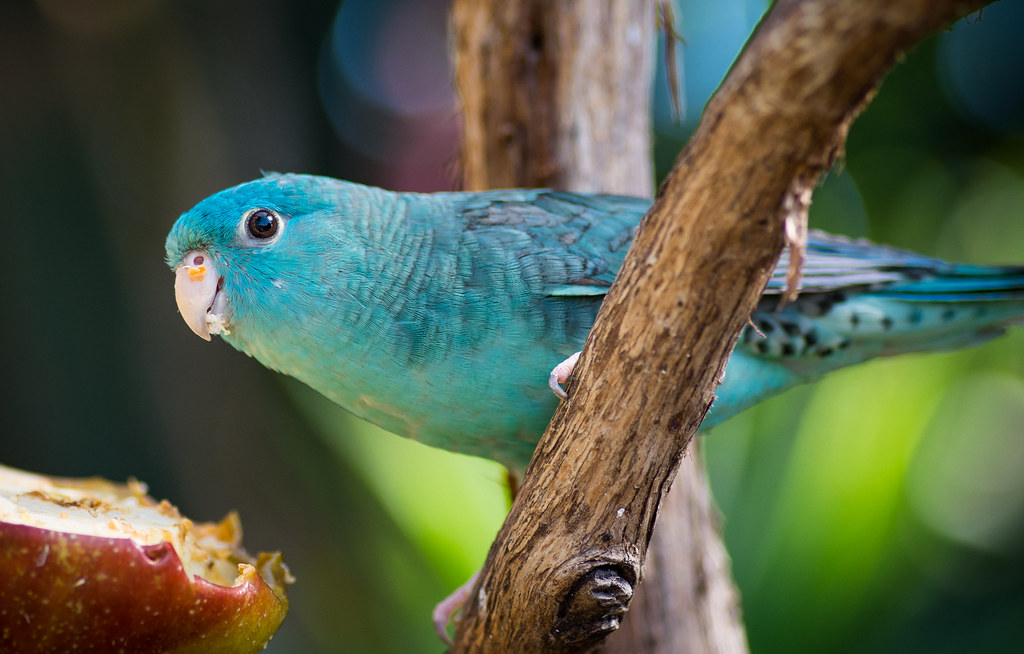
Vocalizations serve essential functions in a parrot’s natural environment, primarily for communication within flocks and between mates. In the wild, loud calls help birds locate each other across dense forests, warn of predators, and establish territory boundaries. These instinctual behaviors don’t simply disappear in captivity—parrots still feel the biological urge to call out at dawn and dusk, times when wild flocks typically communicate most actively.
Understanding that all parrots vocalize to some degree is crucial; even “quiet” species make sounds, but their natural calls tend to be softer, less frequent, or less piercing than their louder cousins. Environmental factors, including boredom, loneliness, or insufficient mental stimulation, can significantly increase vocalization in any parrot species.
The Peaceful Pionus: A Gentle Alternative to Amazons
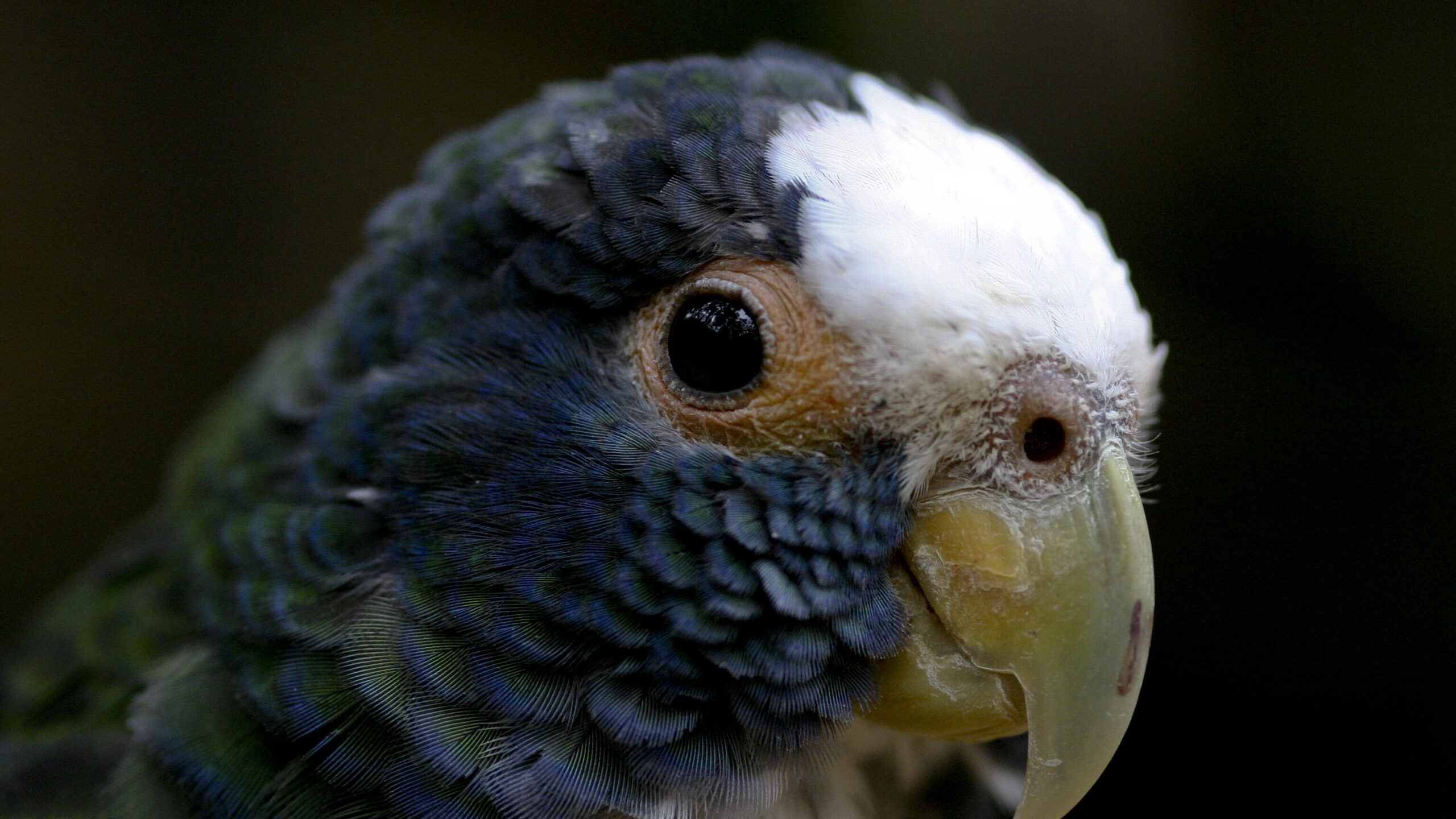
Pionus parrots represent one of the best-kept secrets in the bird world for those seeking quieter companions. These medium-sized birds—slightly larger than a cockatiel but smaller than an Amazon—possess calm, gentle temperaments complemented by their naturally soft vocalizations. Instead of screaming, Pionus parrots typically communicate through low whistles, quiet chattering, and occasional brief squawks that rarely reach disruptive volumes.
The Blue-headed Pionus in particular earns high marks for apartment living, with their characteristic throat-clearing “hawk-like” sound being their loudest regular vocalization. Their relatively peaceful nature extends beyond voice volume to general demeanor, as they tend to be less demanding and more independent than many other parrot species, though they still form strong bonds with their human companions.
Lineolated Parakeets: The Whisper-Quiet Companion
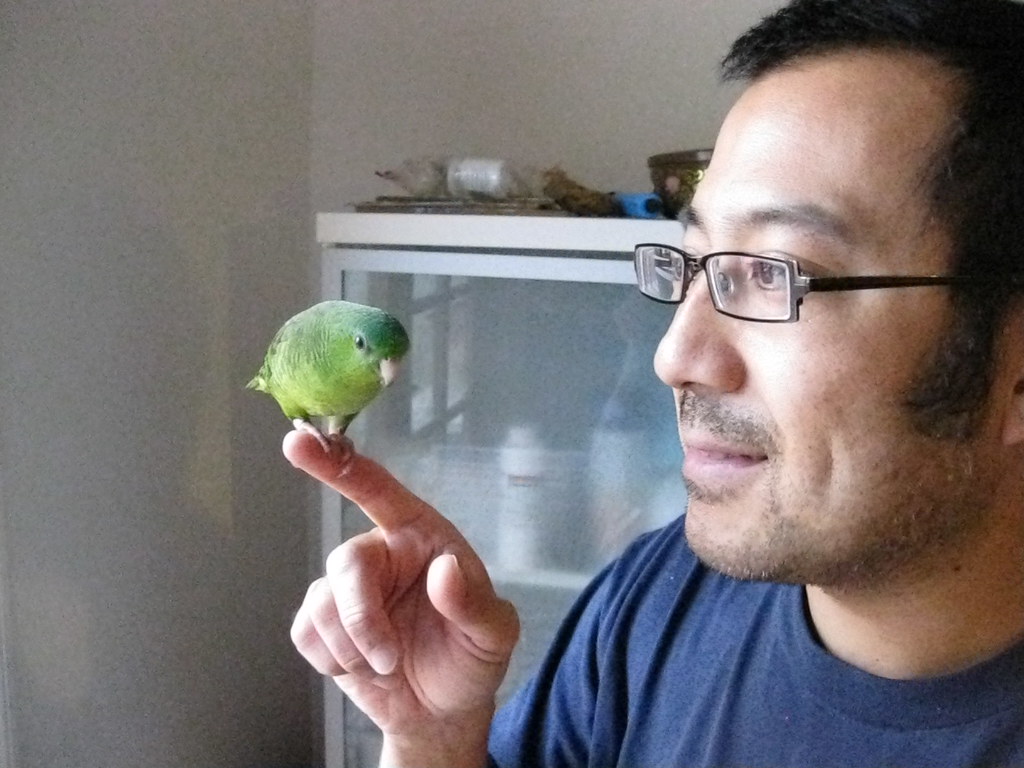
Lineolated parakeets, affectionately known as “Linnies,” have gained popularity specifically for their remarkably quiet nature. These small parrots, native to the mountain forests of South America, communicate primarily through soft chirps, warbles, and melodious trills that rarely rise above conversational volume. Even their “alarm” calls are relatively mild compared to other parrot species, making them ideal for shared living spaces or noise-sensitive environments.
Linnies combine this peaceful auditory profile with playful, inquisitive personalities and striking barred plumage patterns in green, blue, or turquoise varieties. Their space requirements are modest compared to larger parrots, and their gentle disposition makes them suitable companions for first-time bird owners who might be overwhelmed by the intensity of larger, louder species.
The Underrated Charm of Meyer’s Parrots
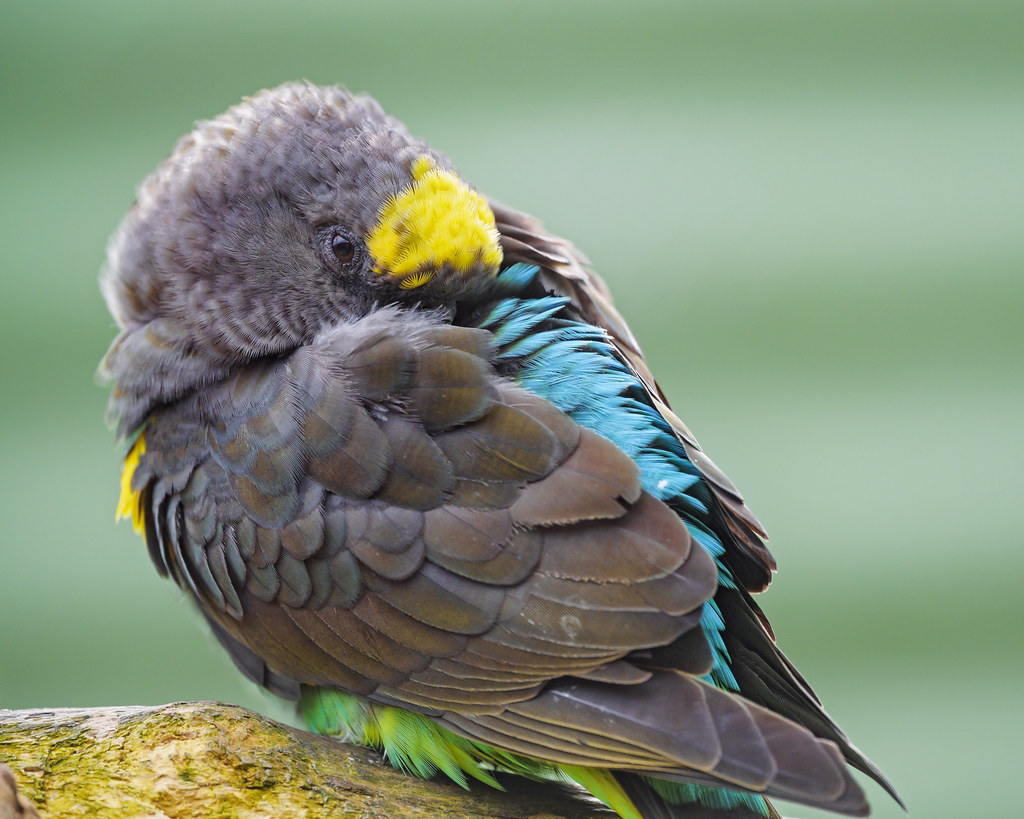
Meyer’s parrots offer a compelling option for those seeking a medium-sized companion without the volume levels typically associated with similar-sized birds. These African natives possess a naturally quiet demeanor, expressing themselves through soft whistles, gentle chirps, and occasional brief calls rather than persistent screaming. Their peaceful vocal tendencies come packaged with intelligent, playful personalities and subtle beauty—their predominant green plumage accented with bright splashes of yellow and blue, depending on the subspecies.
Meyer’s parrots tend to be less destructive than many other parrots of comparable size, making them better suited to apartments where excessive chewing might damage rental property. Their relatively independent nature means they can entertain themselves for periods of time, though they still thrive on regular interaction and mental stimulation from their human caregivers.
Senegal Parrots: Small Package, Indoor-Friendly Volume
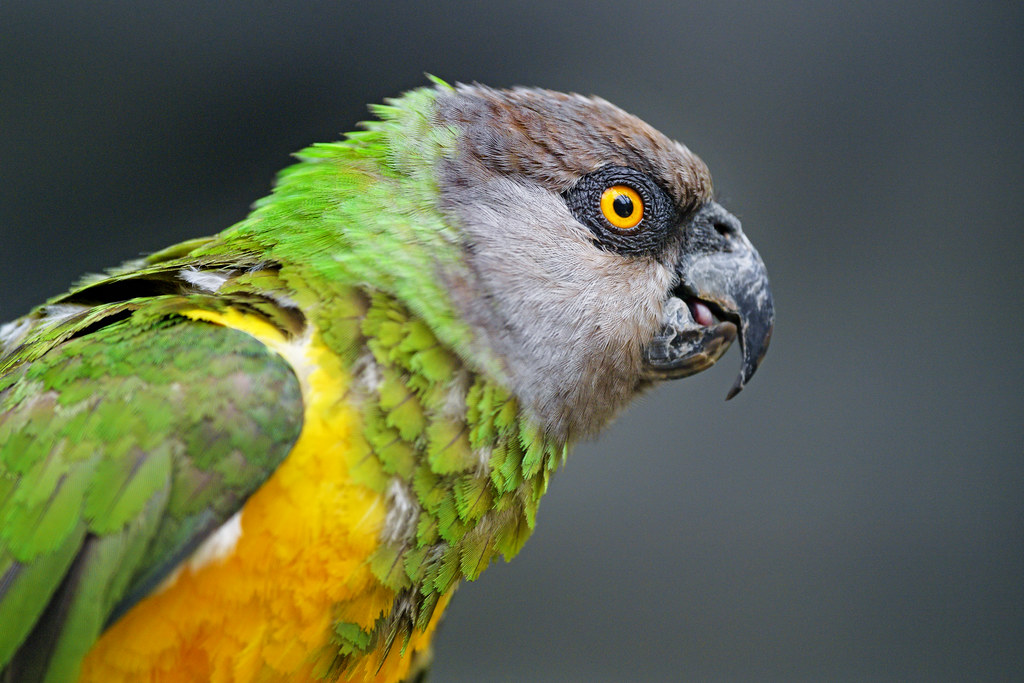
Senegal parrots have earned a reputation as one of the quieter options among the popular pet parrot species, with vocalizations that rarely reach the disruptive levels of their macaw or cockatoo cousins. These compact African parrots typically express themselves through melodious whistles, chattering, and the occasional squawk rather than persistent screaming sessions. Their distinctive appearance—emerald green wings and back contrasting with a V-shaped vest of bright yellow or orange and a gray head—makes them visually striking despite their modest size of about 9 inches.
Senegals possess the intelligence and personality of much larger parrots while maintaining a more neighbor-friendly sound profile, though individual birds vary in their vocal tendencies. Their relatively compact size also means they require less space than larger species, making them suitable for apartment living when provided appropriate enrichment and attention.
Parrotlets: Tiny Birds with Indoor-Appropriate Voices
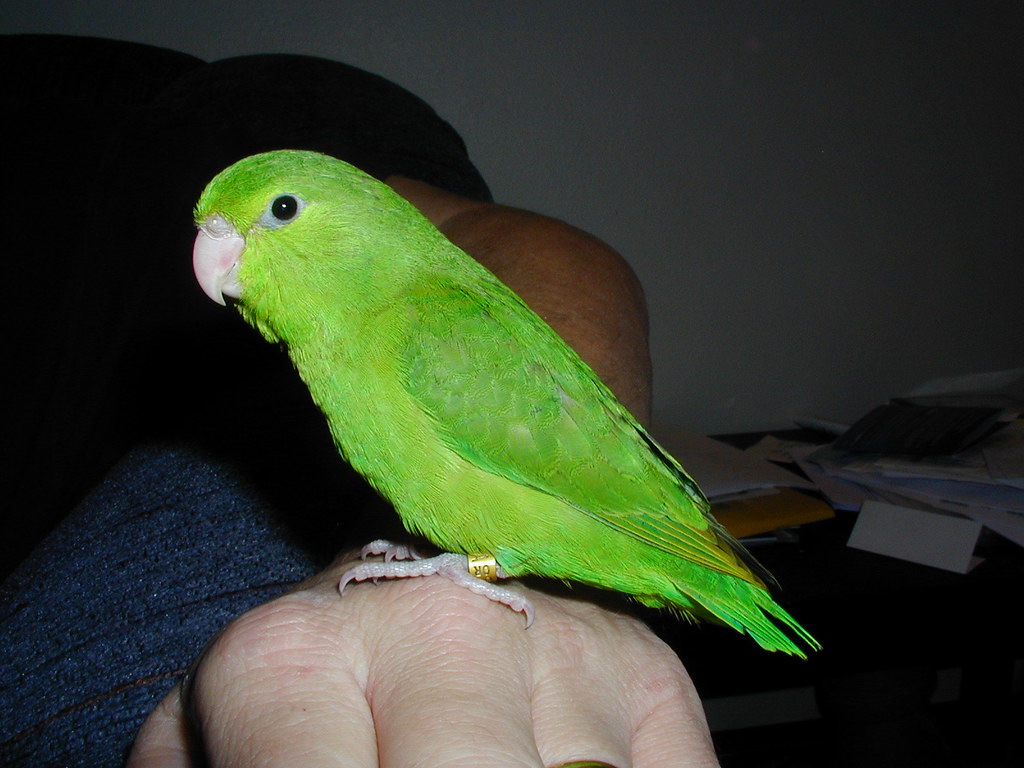
Parrotlets pack enormous personality into their tiny frames while keeping their vocalizations at a volume appropriate for indoor living. Often described as “big birds in small bodies,” these miniature parrots (typically 4-5 inches in length) possess the intelligence and attitude of their larger cousins without the ear-splitting screams. Their natural vocalizations consist primarily of chirps, twitters, and chattering sounds that, while persistent in some individuals, remain at a pitch and volume unlikely to disturb neighbors or household members in another room.
Pacific parrotlets, the most commonly kept species, display beautiful green plumage often accented with blue patches on males, combined with the bold confidence typical of much larger birds. Their diminutive size translates to more modest cage requirements, making them practical options for apartment dwellers with space limitations.
Environmental Factors That Influence Vocalization
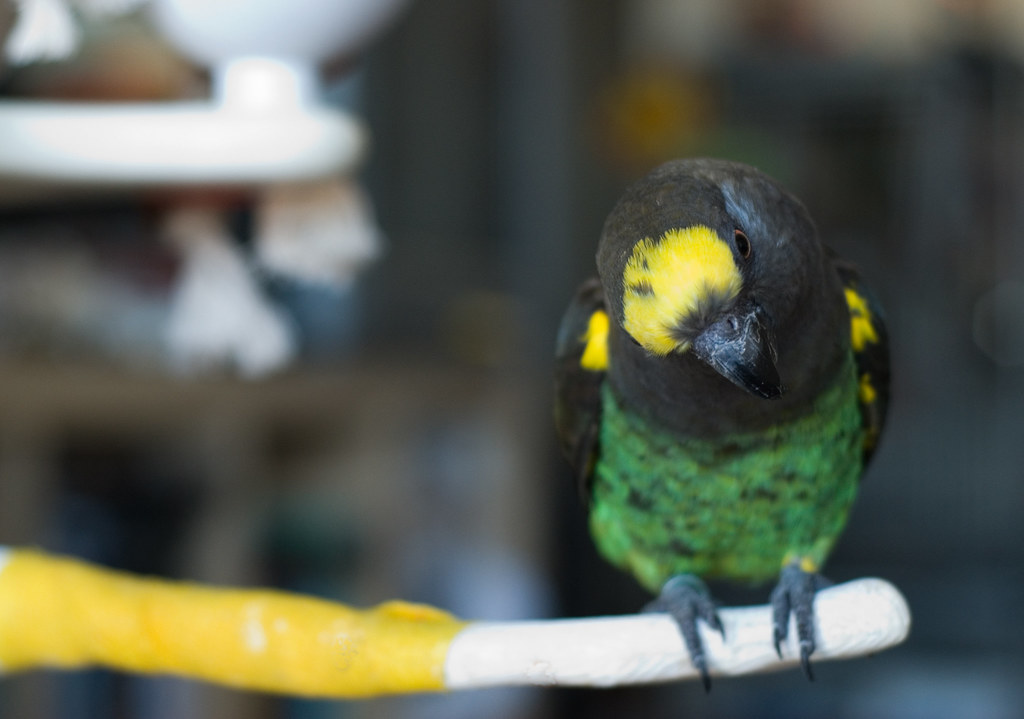
Even naturally quiet parrot species can become noisy when their environmental needs aren’t adequately met. Insufficient mental stimulation ranks among the primary triggers for excessive vocalization, as bored parrots often resort to screaming for entertainment or attention. Creating an enriching environment with puzzle toys, foraging opportunities, and varied perches can significantly reduce unwanted noise. Social isolation similarly drives increased vocalization, as parrots are highly social creatures that communicate vocally to maintain connection with their flock—in captivity, that means their human family.
Regular interaction, including out-of-cage time and training sessions, helps satisfy this social need. Stress factors like irregular schedules, threatening stimuli (real or perceived), or uncomfortable housing conditions can also trigger loud alarm calls even in typically quiet species, highlighting the importance of a stable, secure environment for maintaining peaceful parrot behavior.
Training Techniques to Encourage Quieter Behavior
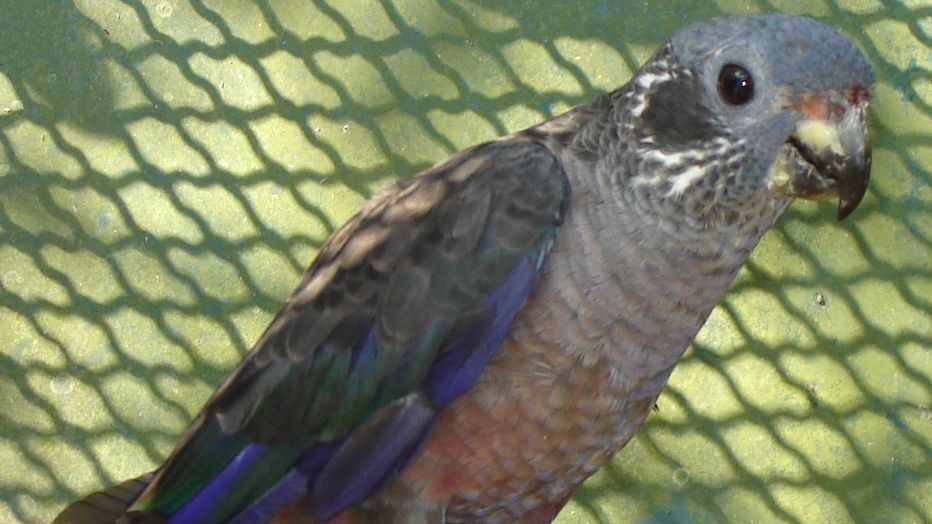
While some parrot species naturally vocalize more quietly than others, training can help reinforce appropriate sound levels in any bird. The most effective approach uses positive reinforcement, rewarding quiet behavior rather than punishing loud vocalizations. When your bird is communicating at an acceptable volume, offer immediate praise, attention, or treats to create a positive association with moderate vocalization. Consistency plays a crucial role in this training—all household members must follow the same approach, avoiding inadvertently rewarding loud behavior with attention (even negative attention).
Establishing predictable daily routines helps reduce anxiety-based calling, as parrots feel more secure when they know what to expect throughout their day. Teaching alternative behaviors, such as speaking quietly or performing tricks, gives birds productive outlets for their energy and attention-seeking behaviors that don’t involve screaming.
Diet and Health Considerations for Quieter Parrots
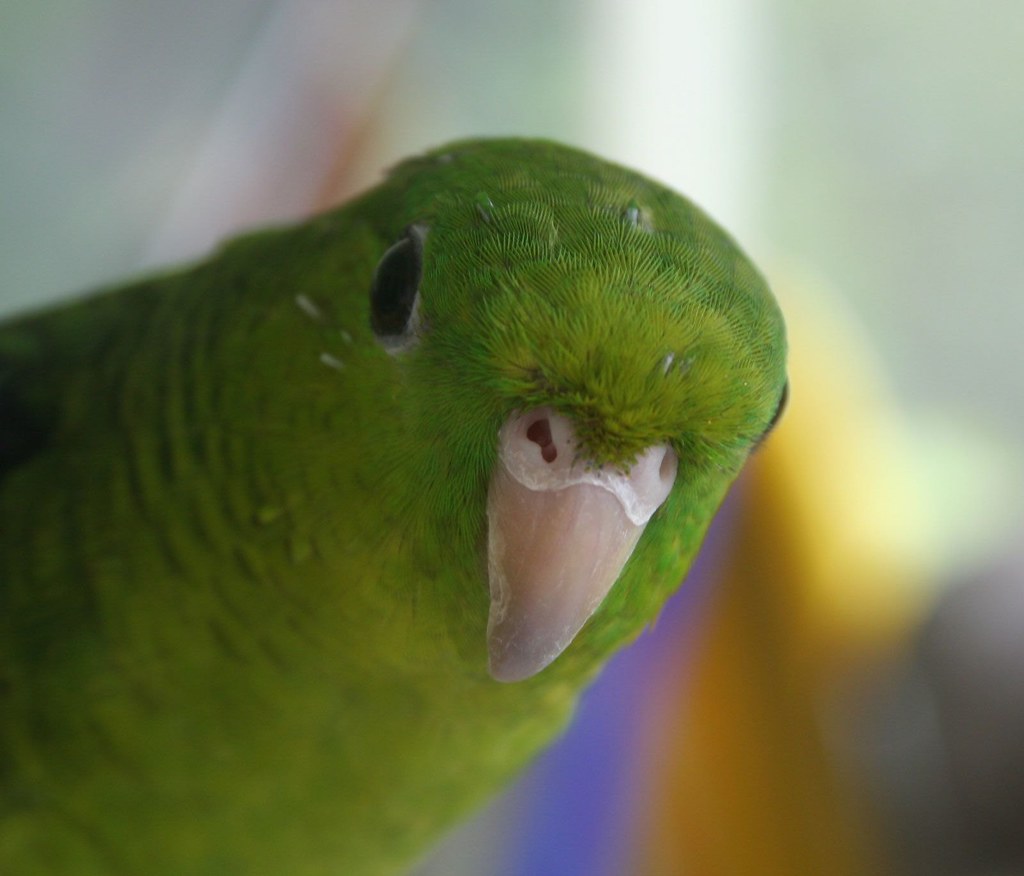
A bird’s diet directly impacts its energy levels and, consequently, its vocalization patterns. High-sugar diets, including those heavily reliant on fruits or processed treats, can create energy spikes that manifest as increased activity and vocalization. Formulating a balanced diet centered around high-quality pellets, supplemented with moderate amounts of fresh vegetables and limited fruit, helps maintain steady energy levels and potentially quieter behavior.
Regular health monitoring remains essential, as illness or discomfort often triggers increased vocalization even in normally quiet species. Specific health issues like respiratory infections can change a bird’s voice or cause them to vocalize more frequently out of discomfort. Annual veterinary checkups with an avian specialist help ensure any health issues are identified and addressed promptly, potentially preventing noise problems before they develop.
Housing Considerations for Sound Management
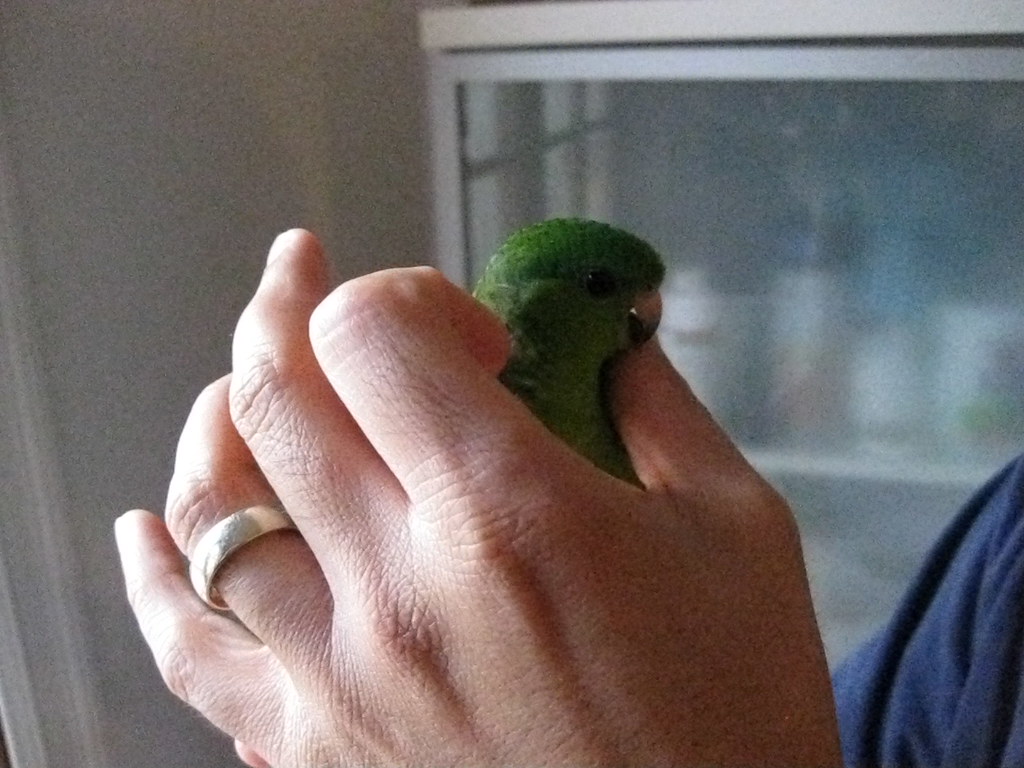
Strategic cage placement can significantly impact how parrot vocalizations affect household members and neighbors. Positioning the cage away from shared walls in apartments or condominiums helps minimize sound transmission to adjacent units. Soft furnishings like curtains, rugs, and upholstered furniture can absorb sound waves and reduce echo, effectively dampening the perceived volume of bird vocalizations within your living space.
Some bird owners find that partially covering the cage during periods when quieter behavior is especially important helps reduce stimulation and encourages calmer behavior, though this should never restrict ventilation or create dark conditions during normal daylight hours. Creating a dedicated “bird room” with sound-dampening materials represents an ideal solution for multi-bird households, allowing birds to communicate naturally while minimizing impact on human housemates and neighbors.
Understanding Natural Vocalization Patterns
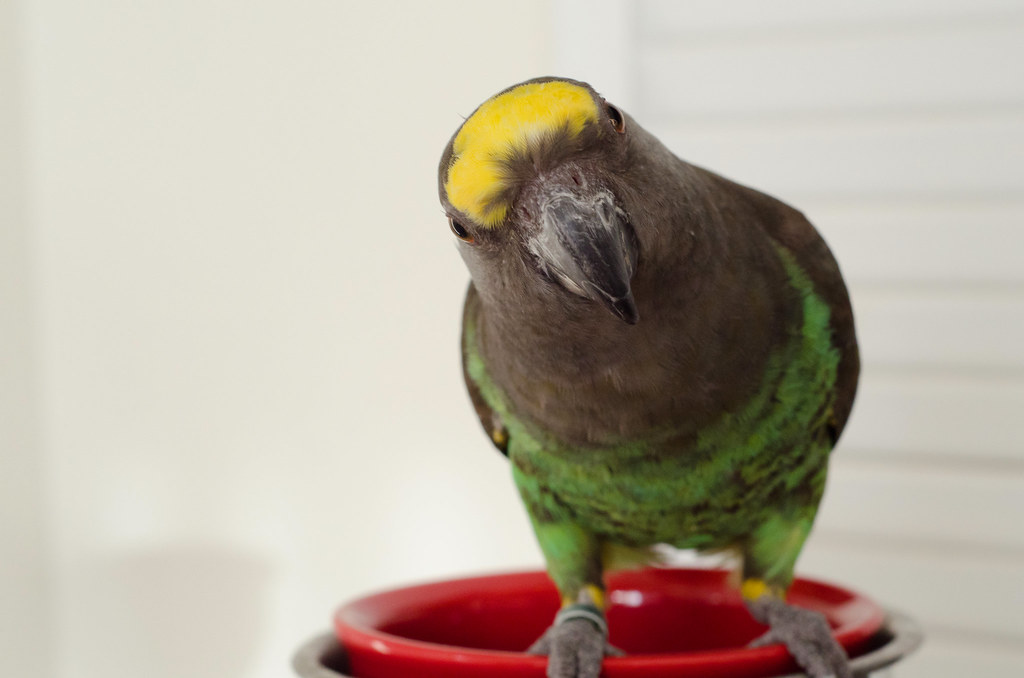
Even the quietest parrot species follow natural vocalization patterns tied to their biological rhythms. Dawn and dusk calling, known as the “morning chorus” and “evening chatter,” represent instinctual behaviors when wild flocks communicate most actively, and pet birds typically continue these patterns regardless of species. Understanding these predictable vocal periods helps owners plan accordingly—scheduling activities requiring concentration outside these natural calling times.
Seasonal changes may also affect vocalization, with many species becoming more vocal during traditional breeding seasons even when kept as single birds without mates. Weather shifts sometimes trigger increased calling, particularly before storms when dropping barometric pressure seems to heighten bird activity and vocalization. Recognizing these natural patterns helps owners distinguish between normal behavior and problematic excessive noise, allowing appropriate management without unrealistic expectations of complete silence.
Social Needs vs. Noise Levels: Finding Balance
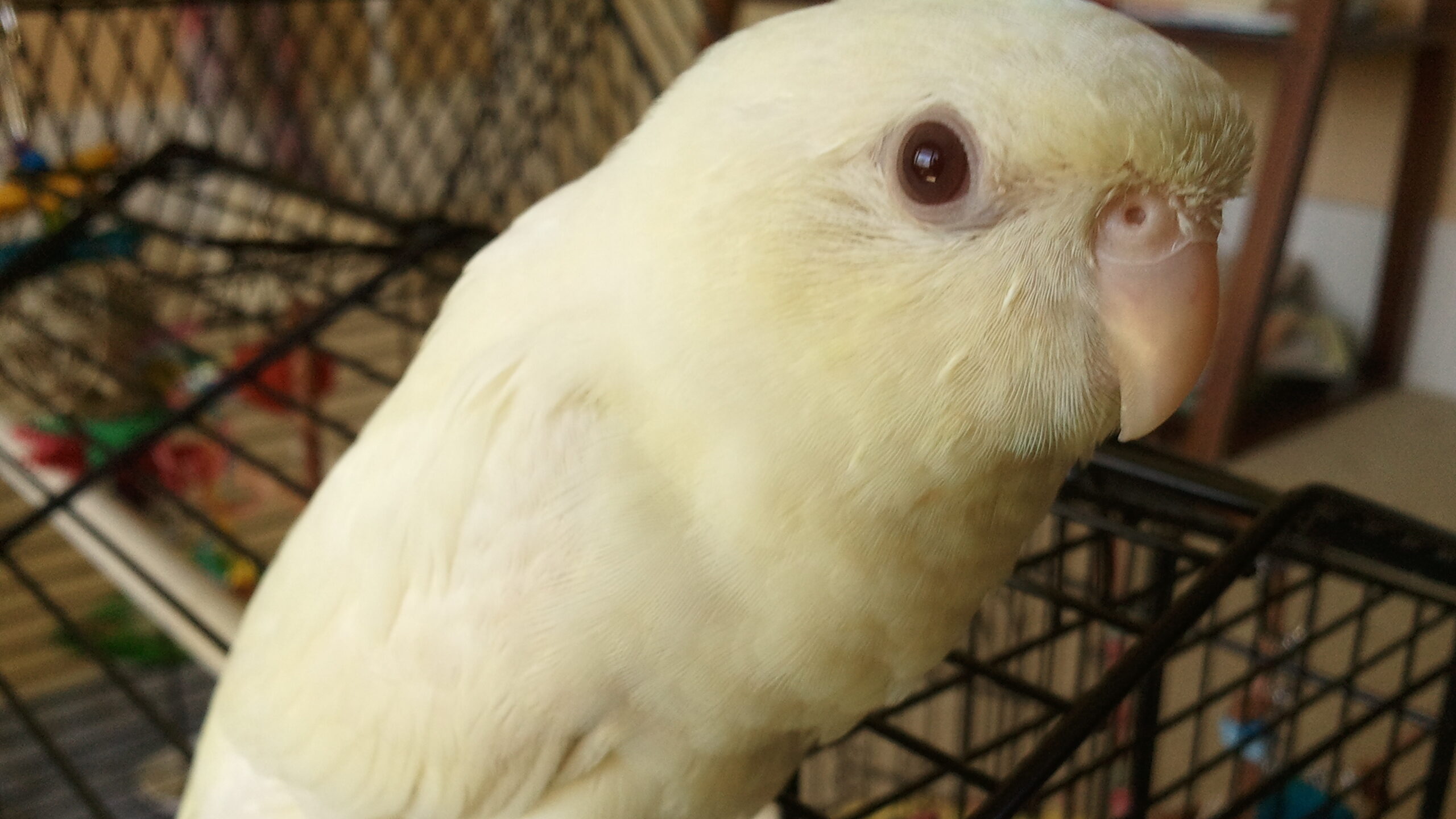
All parrots, regardless of species, require social interaction to thrive mentally and emotionally. Quieter species still need regular quality time with their human companions, including handling, training sessions, and supervised out-of-cage exploration. Meeting these social needs proactively often prevents the development of attention-seeking screaming behaviors that can emerge when birds feel neglected. For busy households, strategic scheduling of intense interaction periods—perhaps 30 minutes in the morning and evening—can satisfy social requirements while accommodating work schedules.
Some owners find that providing ambient household sounds like gentle music or nature recordings helps birds feel connected to their environment without resorting to loud calls for attention. The ideal approach balances the bird’s inherent need for interaction with the practical noise limitations of your living situation.
Making the Right Choice for Your Living Situation
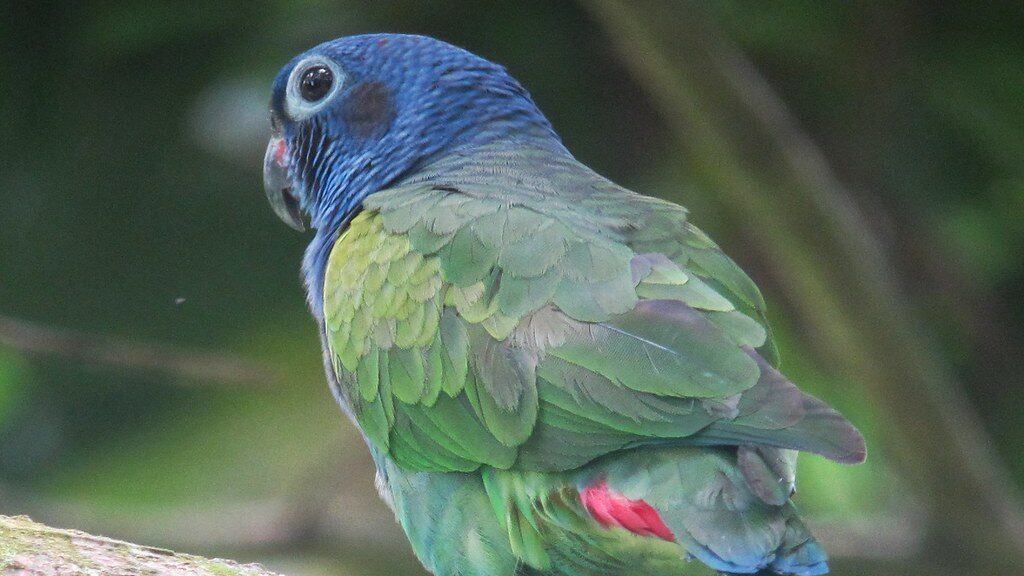
Selecting the appropriate parrot species requires honest assessment of your noise tolerance and living circumstances. Apartment dwellers with close neighbors should prioritize naturally quieter species like Linnies, parrotlets, or Pionus parrots, while those in detached homes might accommodate moderately vocal birds like Senegals or Meyer’s parrots. Consider long-term commitment when choosing your feathered companion, as most parrots live decades—meaning today’s living situation might change while your responsibility to the bird remains.
Visiting aviaries, rescues, or reputable breeders gives prospective owners the opportunity to experience different species’ natural vocalizations firsthand before making a commitment. Consulting with experienced bird owners through clubs or online communities provides valuable insights into the daily reality of living with specific species, helping ensure expectations align with the natural behaviors of your potential pet.
While no parrot is completely silent, these five species offer the joy of parrot companionship without the extreme noise levels associated with their more vocal cousins. Each brings unique qualities beyond their quieter nature—distinctive personalities, beautiful plumage, and the intelligent interaction that makes parrots such special companions.
By selecting a naturally quieter species and providing appropriate environmental enrichment, training, and social interaction, bird enthusiasts can enjoy the remarkable bond of parrot ownership while maintaining peaceful households. Whether you choose the tiny charm of a parrotlet or the gentle demeanor of a Pionus, these quieter parrots prove that good things—and considerate avian companions—sometimes come in more peaceful packages.

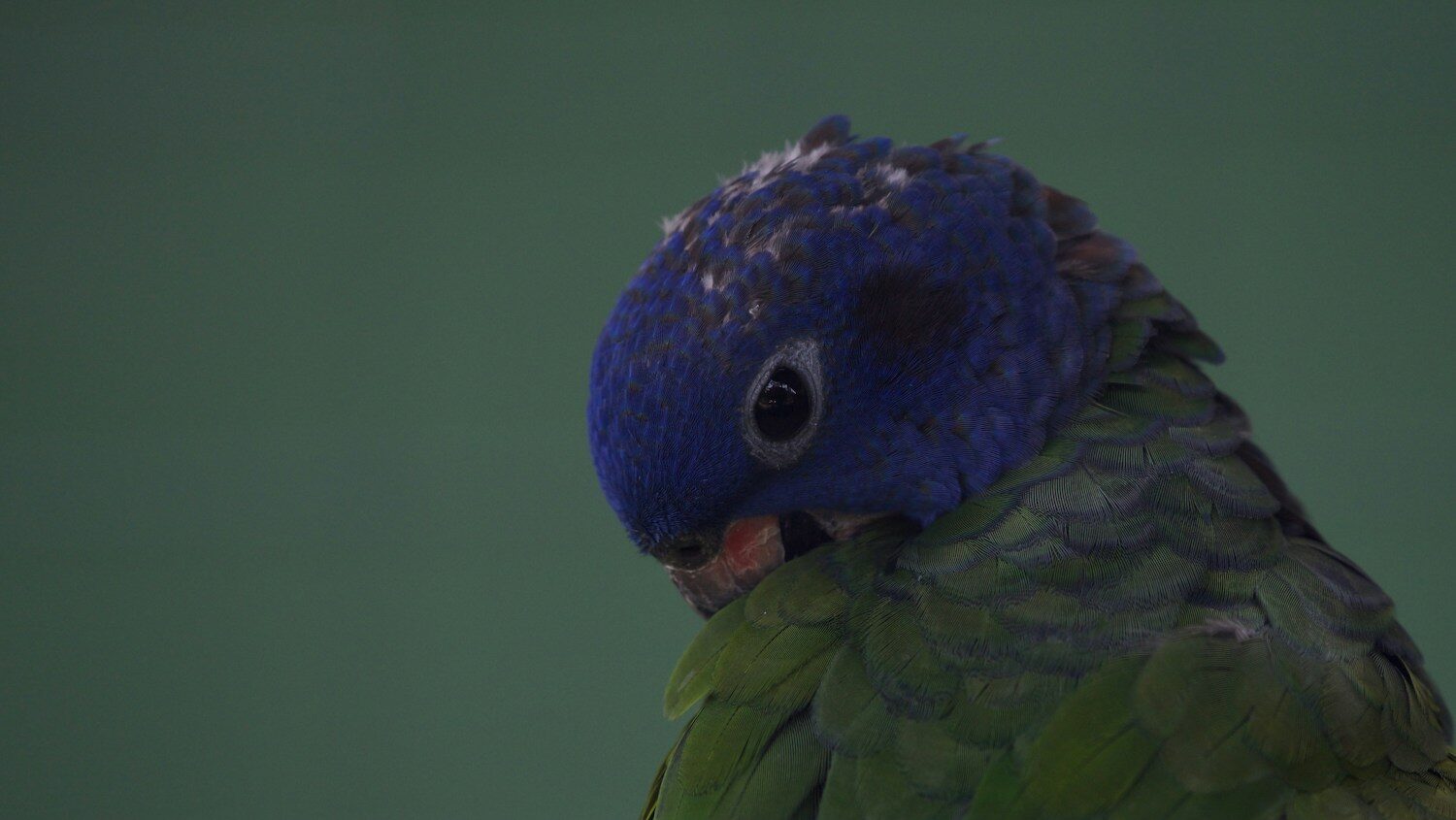

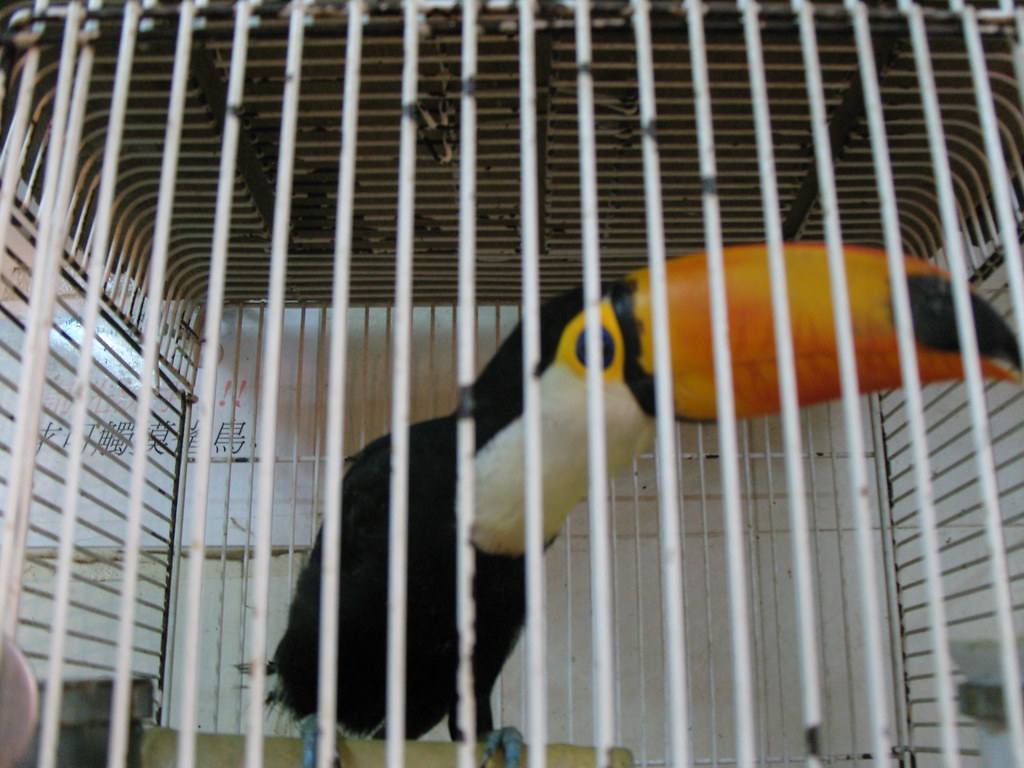
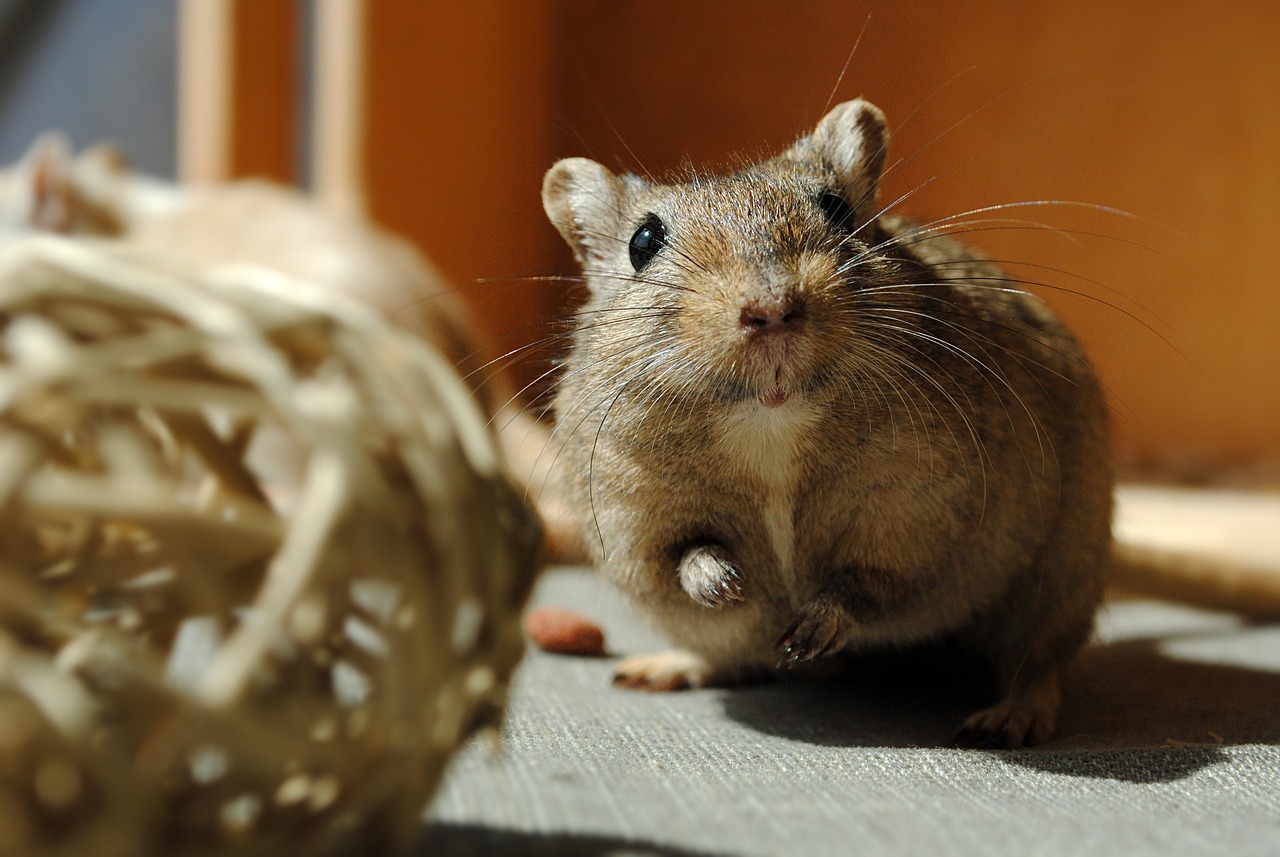
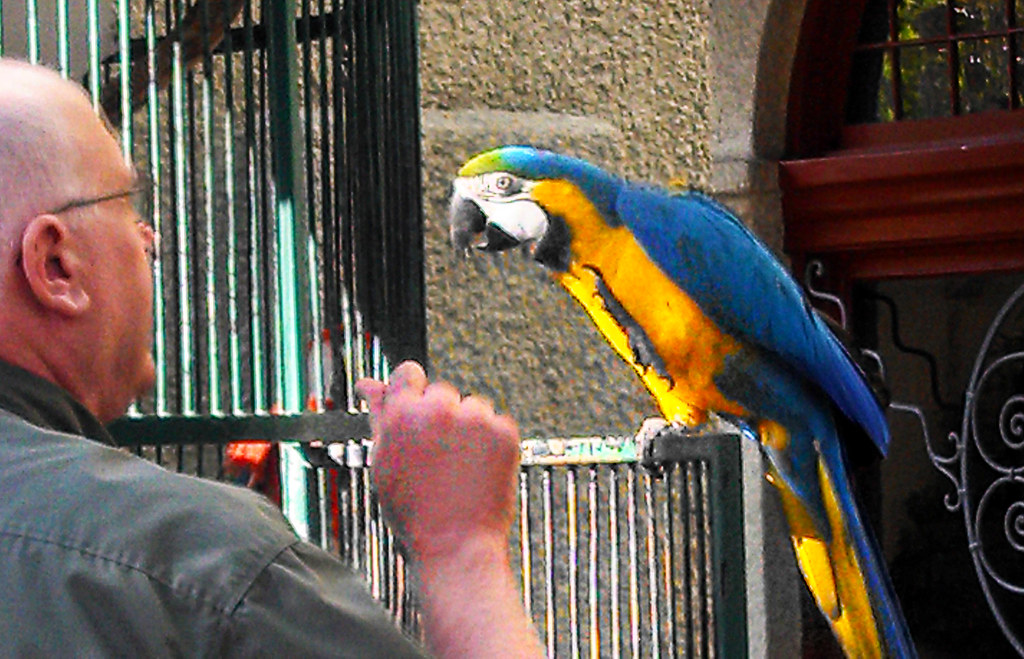
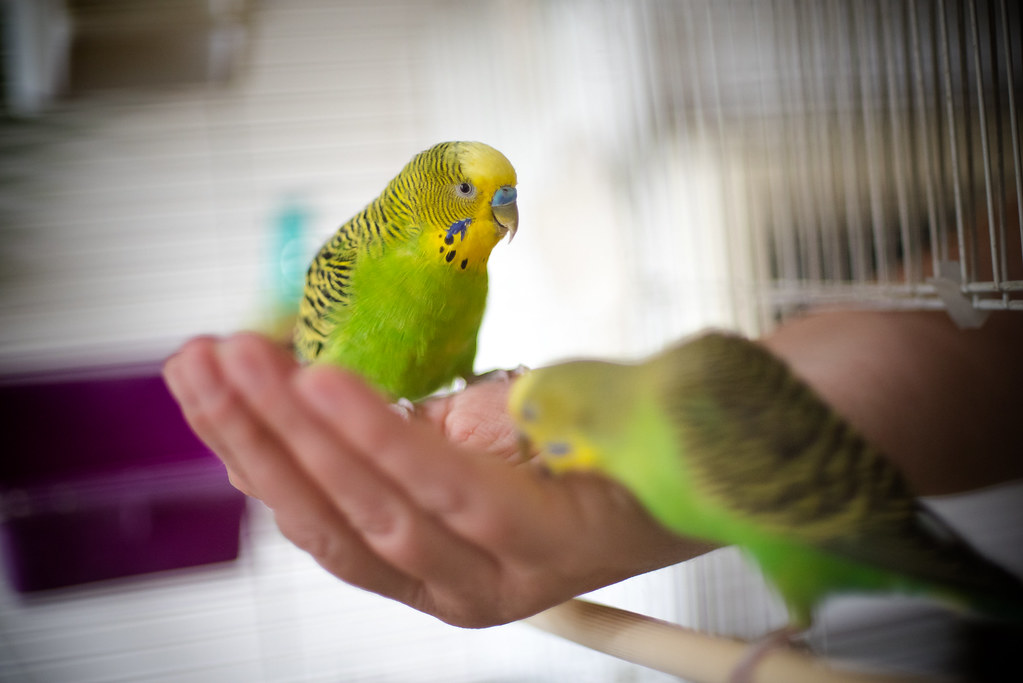
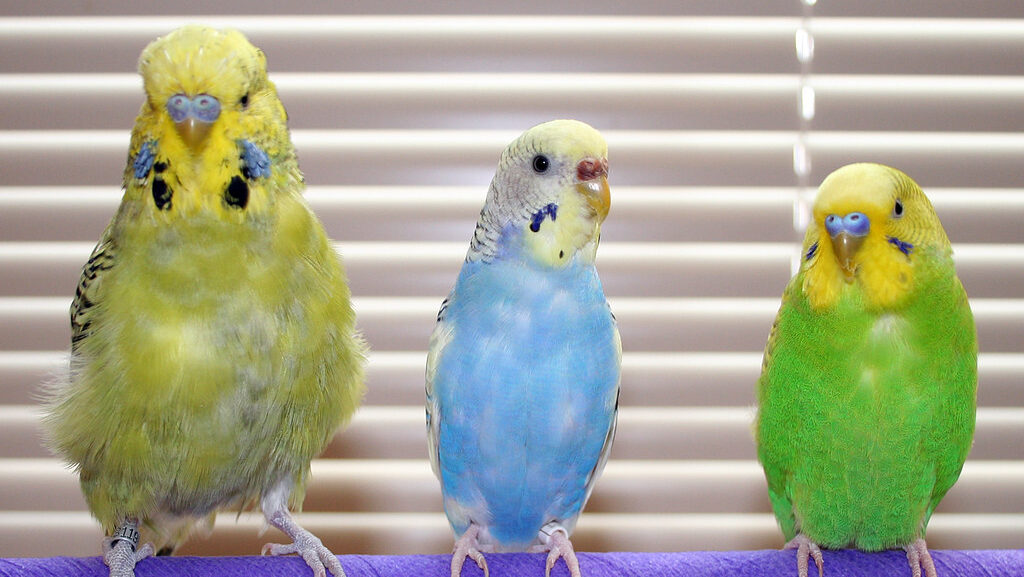
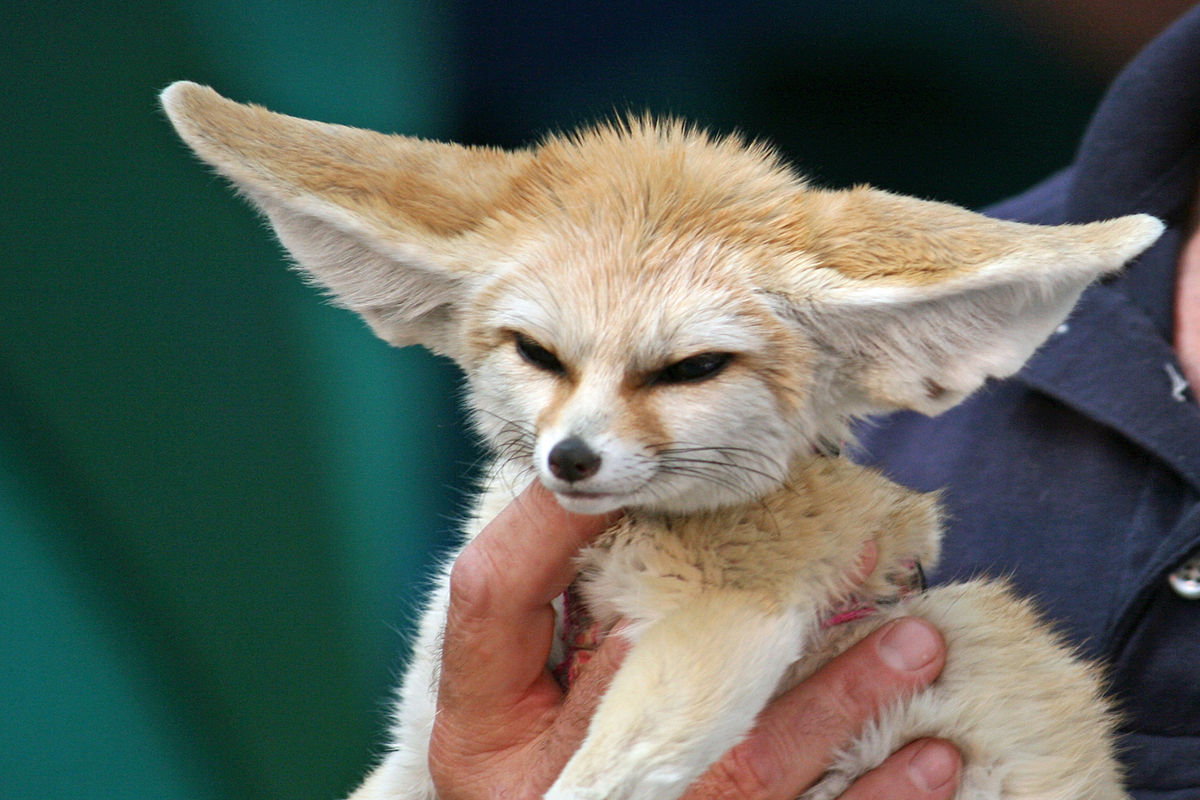
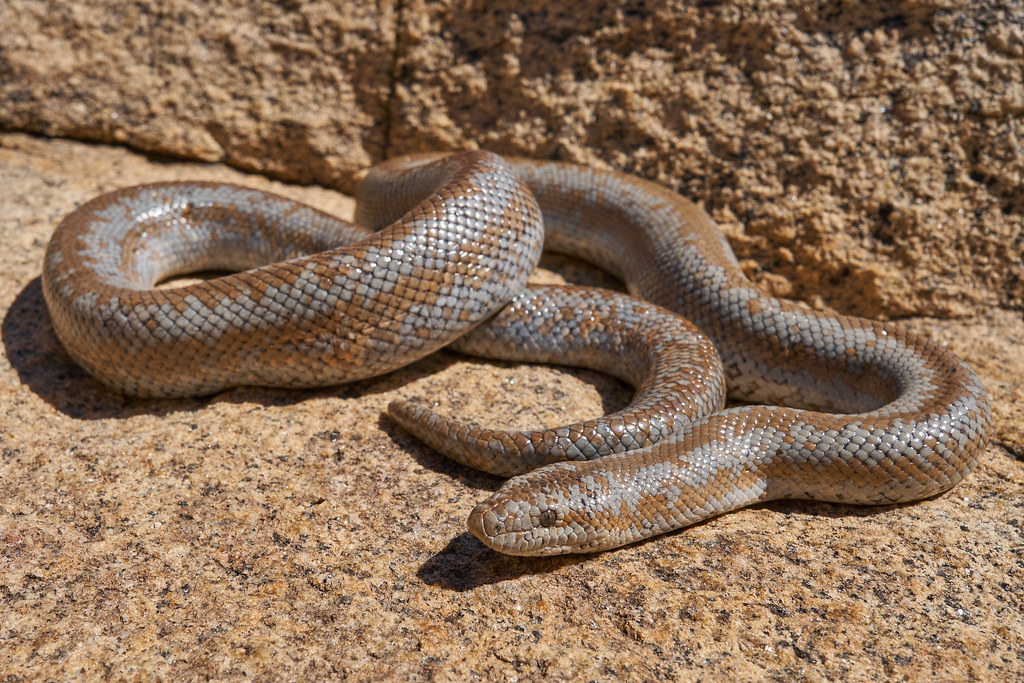
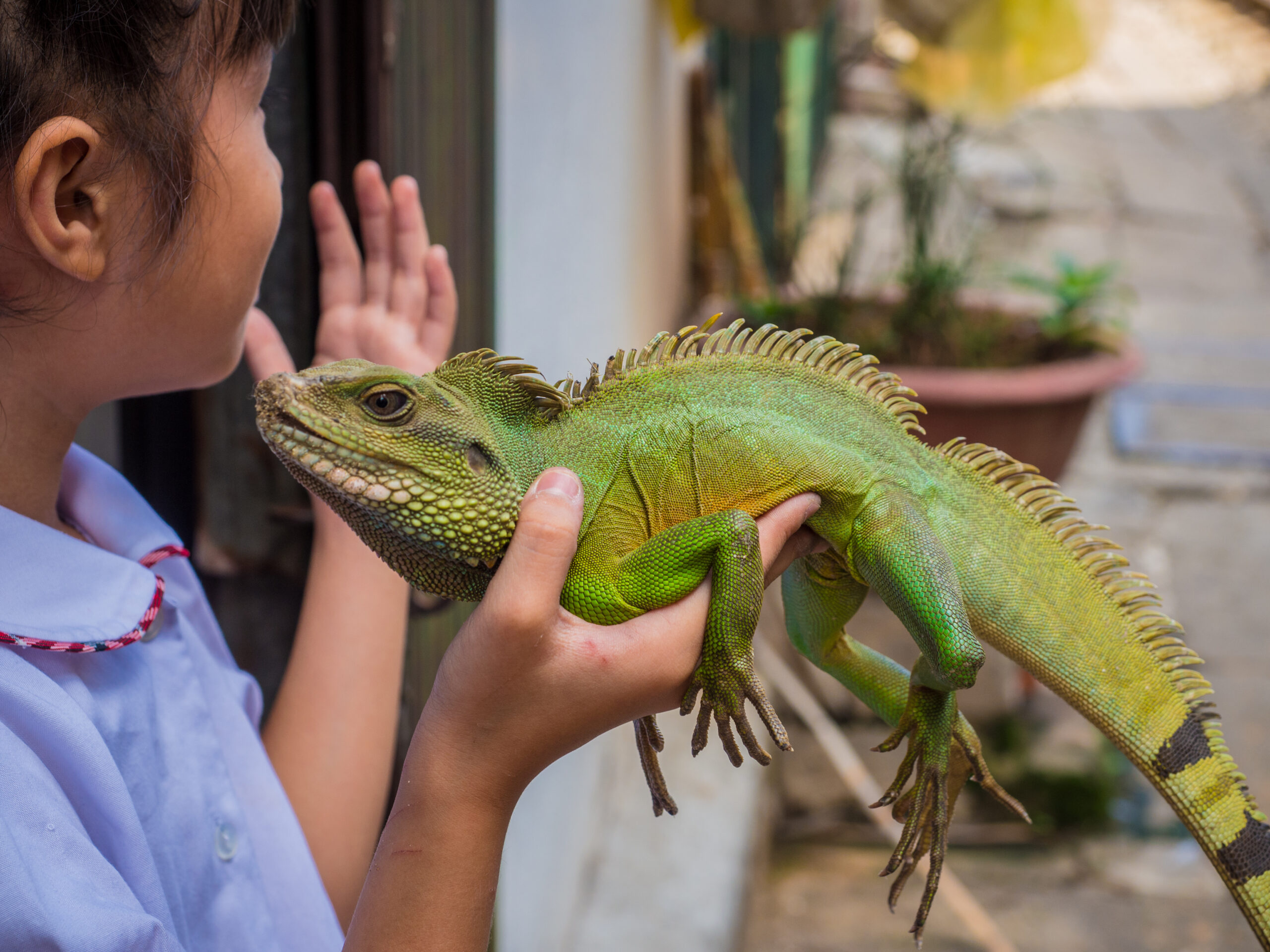





Leave a Reply